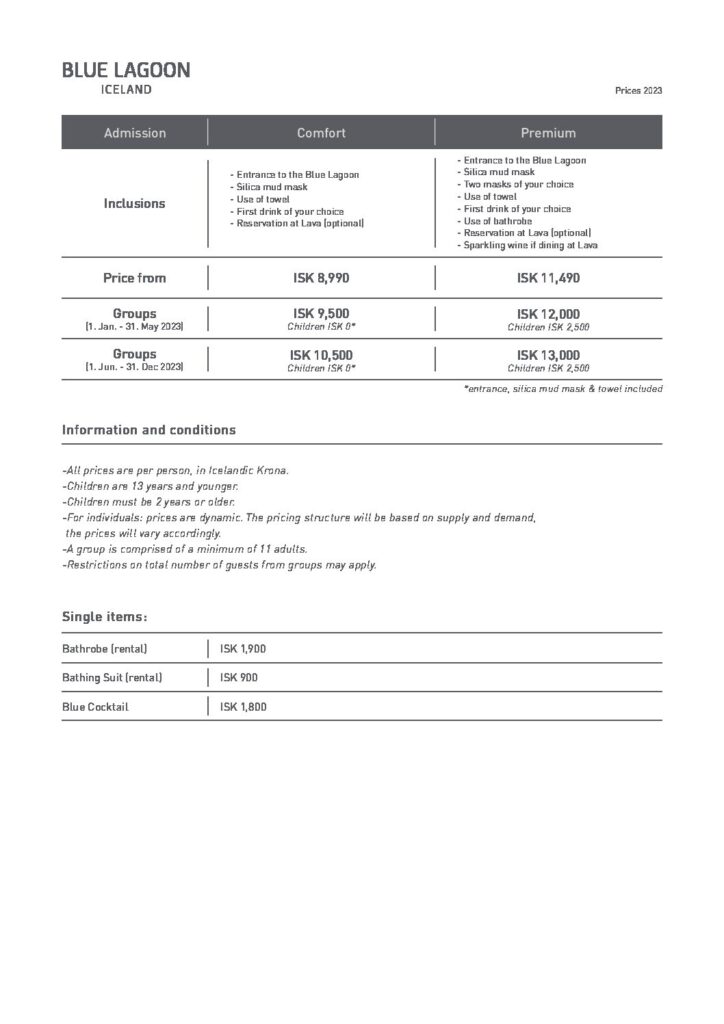Book now
The Iceland Ring Road, also known as Route 1, is a popular road trip route that circles around the entire island of Iceland. It offers breathtaking landscapes, including waterfalls, glaciers, volcanoes, and geothermal hot springs. While it’s ideal to have more time to explore the country, it is possible to complete the Ring Road in 10 days.
Day 1: Reykjavik
Start your journey in Reykjavik, the capital city of Iceland. Take some time to explore the city’s attractions, including the iconic Hallgrímskirkja church, the lively downtown area with its shops and restaurants, and the cultural sites such as the National Museum of Iceland and Harpa Concert Hall. Reykjavik is also known for its vibrant nightlife and delicious local cuisine.
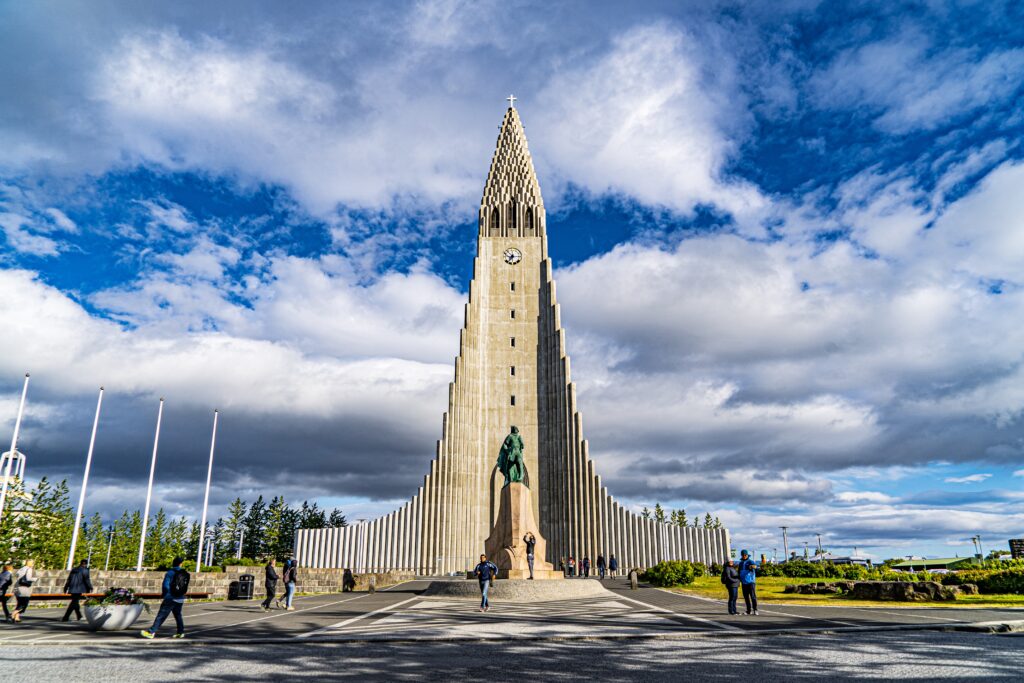
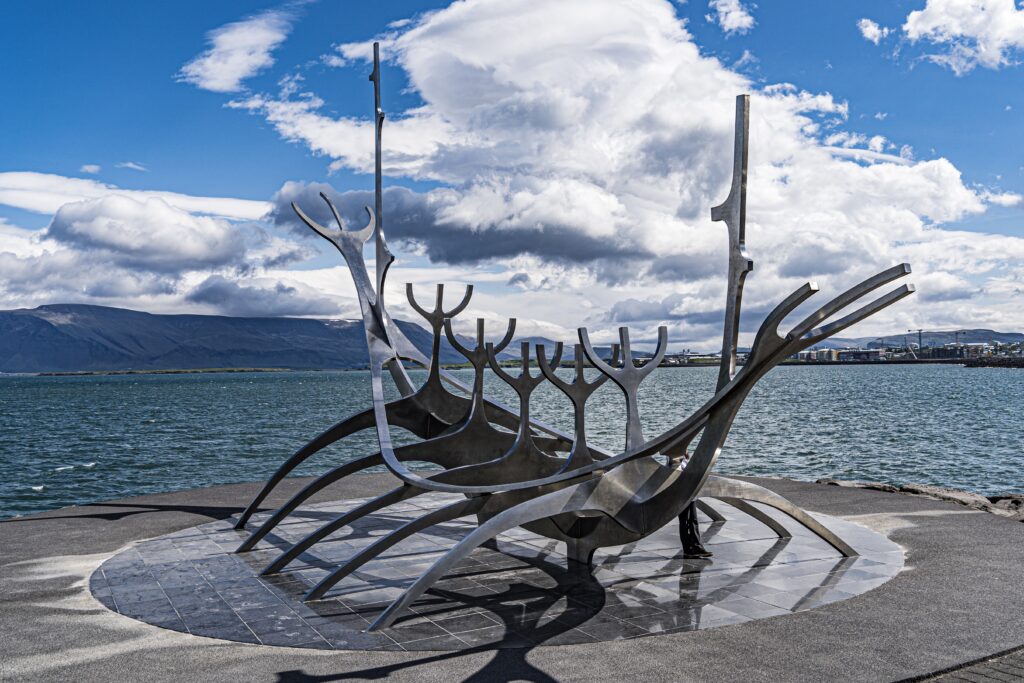

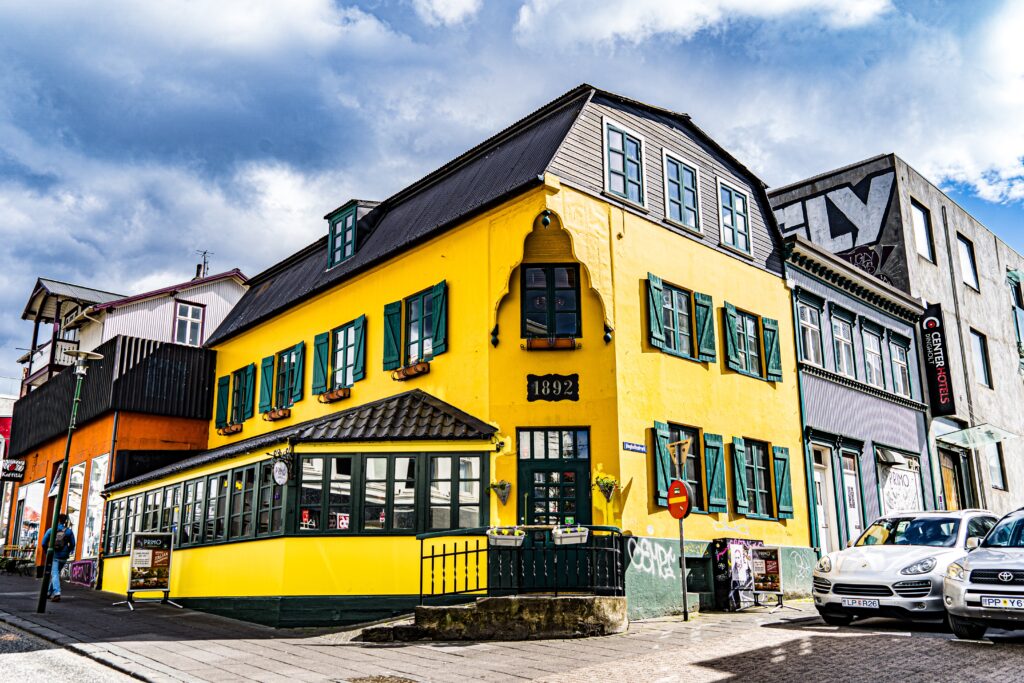

Hoteltips: Baldursbrá Guesthouse Laufásvegur, Hotel Holt – The Art Hotel, Hilton Reykjavik Nordica
Day 2: Golden Circle
Distance from Reykjavik: Approximately 120 km (75 miles)
Driving directions: Leave Reykjavik and head east on Route 1. After about 45 minutes, you’ll reach Þingvellir National Park, a UNESCO World Heritage site known for its historic and geological significance. From there, continue east to the Geysir geothermal area, where you can witness the famous Strokkur geyser erupting. Finally, drive to Gullfoss, a majestic two-tiered waterfall that is a true natural wonder.
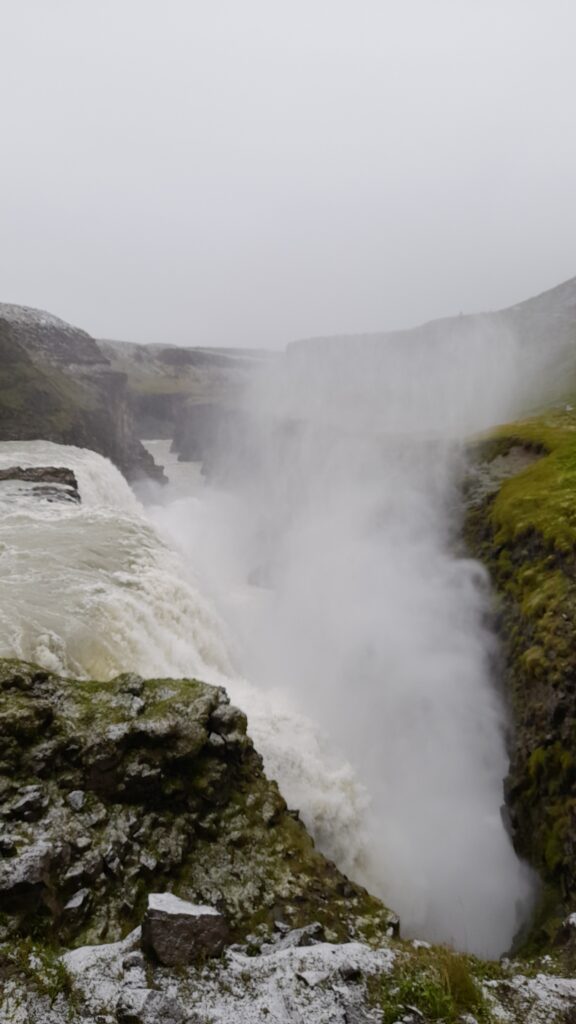

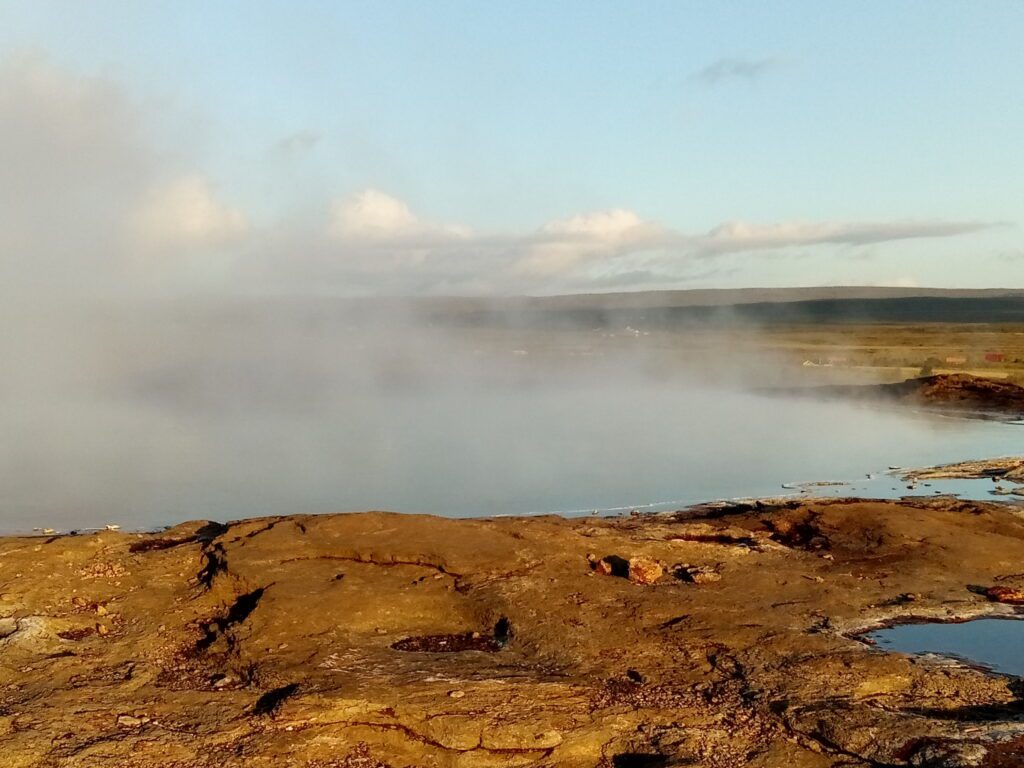

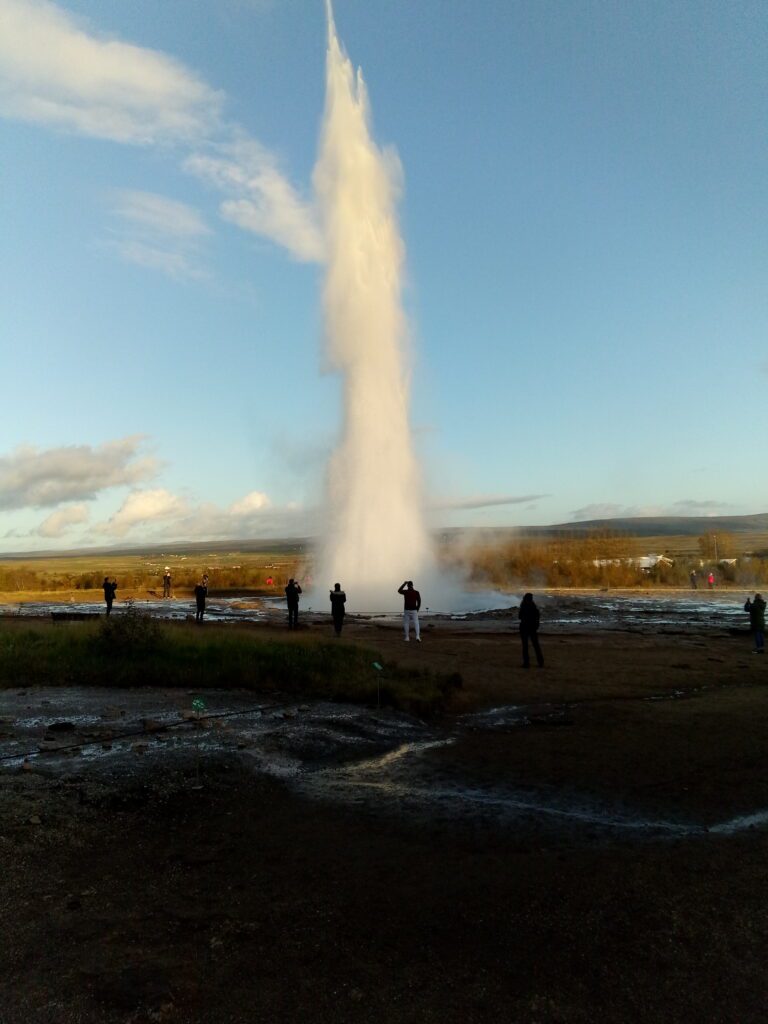

Hoteltips: Blue Hotel Fagrilundur – On The Golden Circle , Golden Circle Cabin, Hot tub
Day 3: South Coast
Distance from the Golden Circle: Approximately 200 km (125 miles)
Driving directions: From Gullfoss, head south on Route 1 towards the town of Selfoss. Continue along the South Coast, where you’ll encounter stunning waterfalls such as Seljalandsfoss, known for its unique walkway behind the falls, and Skógafoss, a powerful and picturesque cascade. Don’t miss the famous black sand beach of Reynisfjara near the village of Vík, with its towering basalt columns and dramatic cliffs.
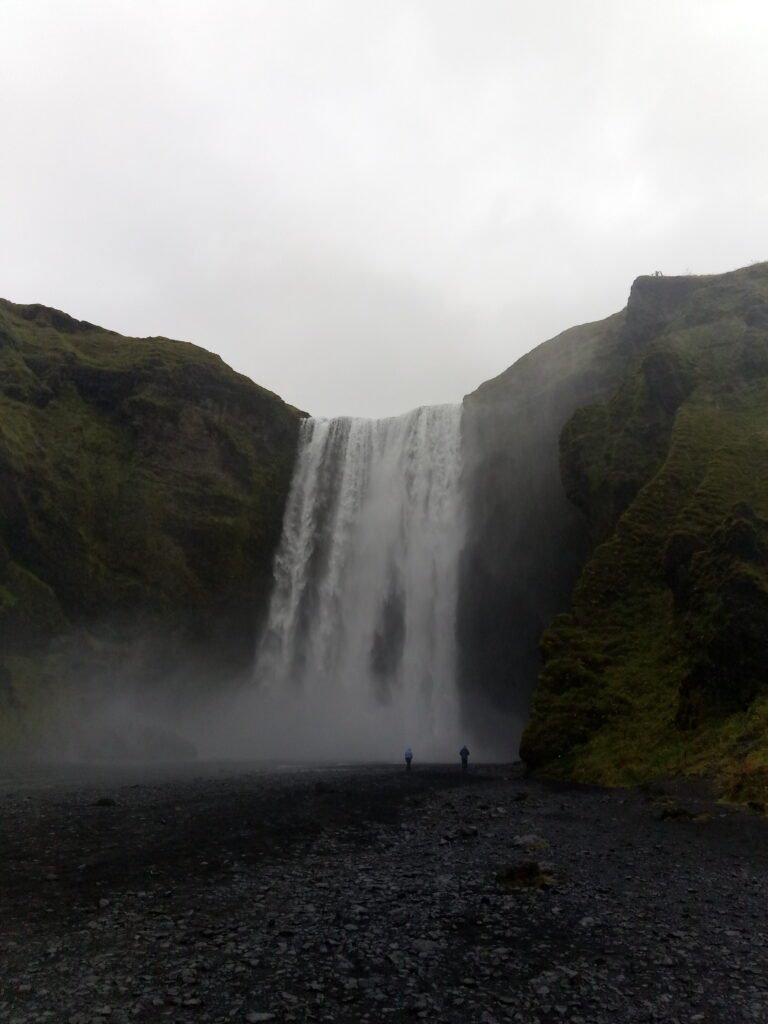

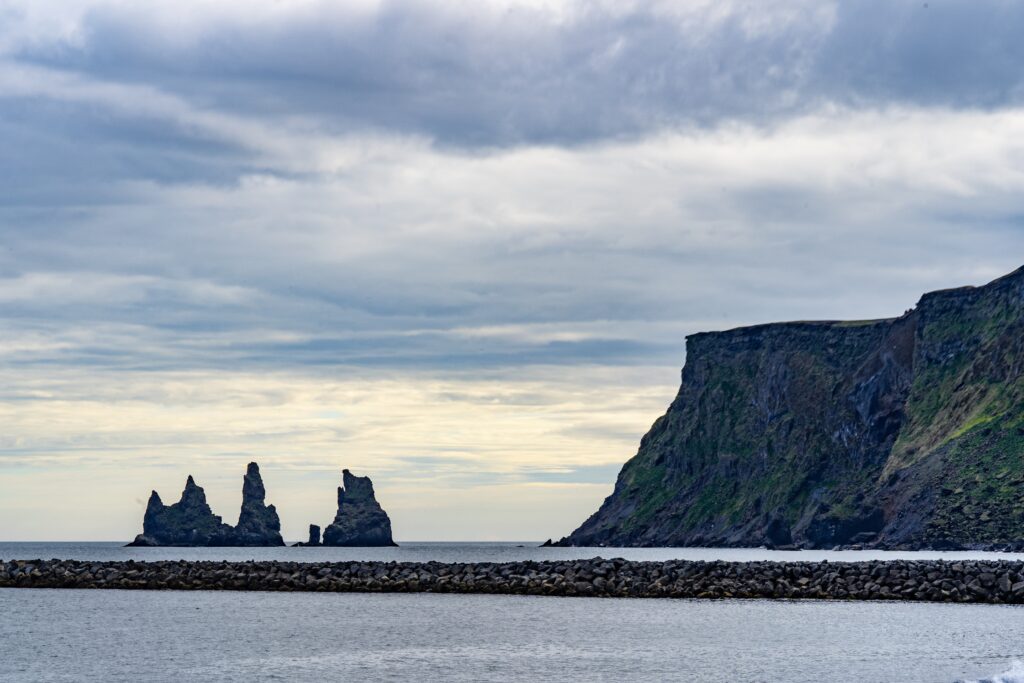

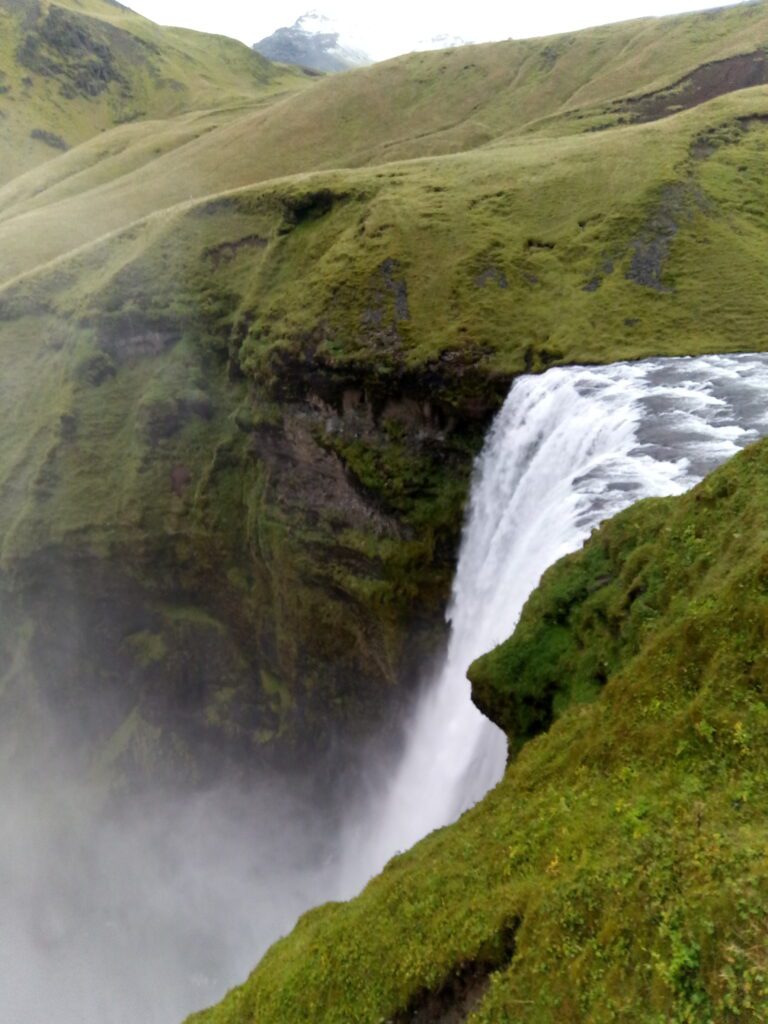

Hoteltips: Hotel South Coast, Hotel Selfoss
Day 4: Vatnajökull National Park
Distance from the South Coast: Approximately 260 km (160 miles)
Driving directions: Continue east on Route 1 until you reach the vast Vatnajökull National Park, home to Europe’s largest glacier. Explore the various glacier tongues, such as Skaftafellsjökull, and consider taking a guided glacier hike or visiting one of the incredible ice caves (available during winter months). The park also offers fantastic hiking trails, including the iconic Svartifoss waterfall with its basalt column backdrop.
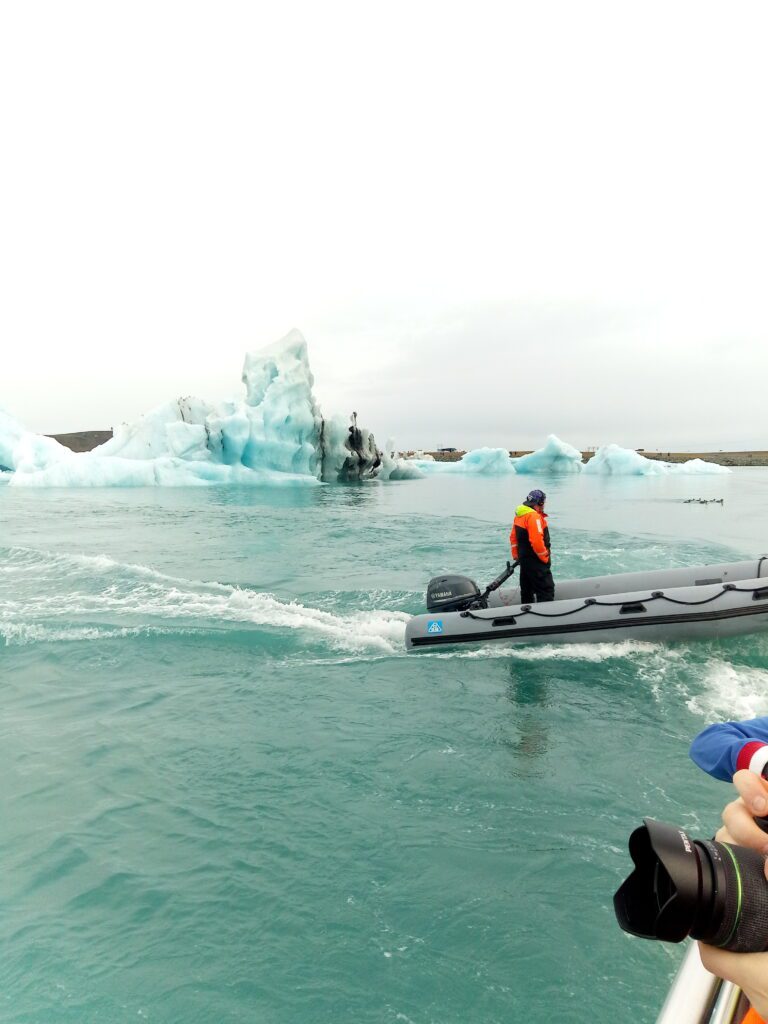

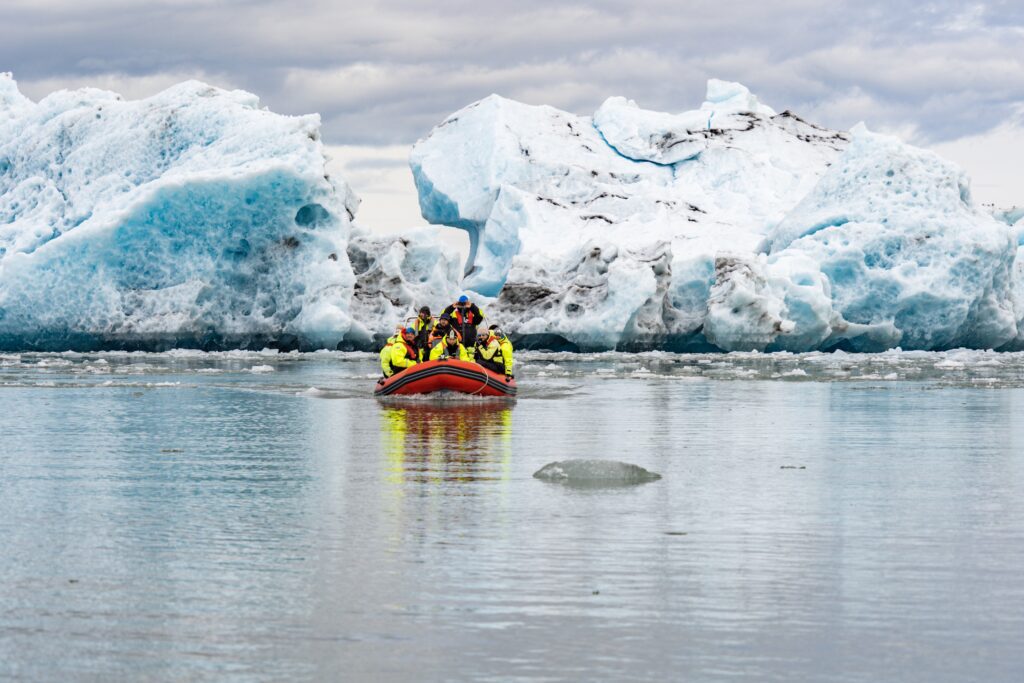

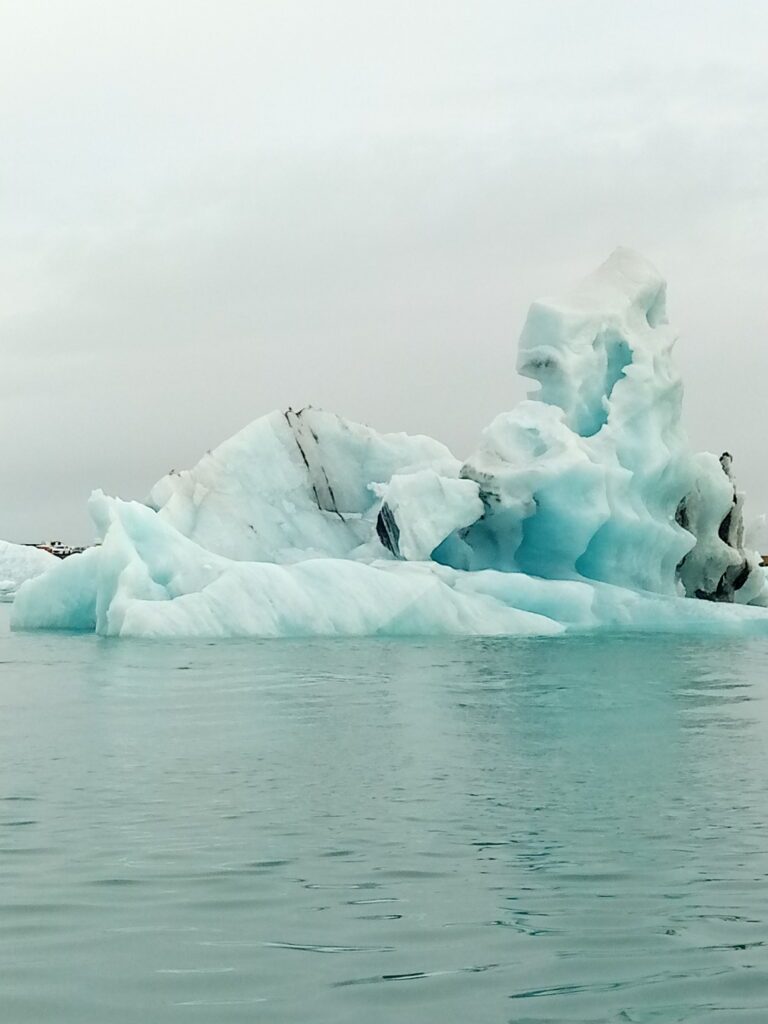

Hoteltips: Höfn Hostel, Höfn – Berjaya Iceland Hotels
Day 5: East Fjords
Distance from Vatnajökull National Park: Approximately 200 km (125 miles)
Driving directions: Follow Route 1 along the southeastern coast until you reach the charming East Fjords region. The drive will take you through a series of winding roads, offering breathtaking views of towering mountains, picturesque fishing villages, and stunning coastal landscapes. Make stops in towns like Djúpivogur, Seyðisfjörður, and Egilsstaðir to experience the unique culture and natural beauty of the area.
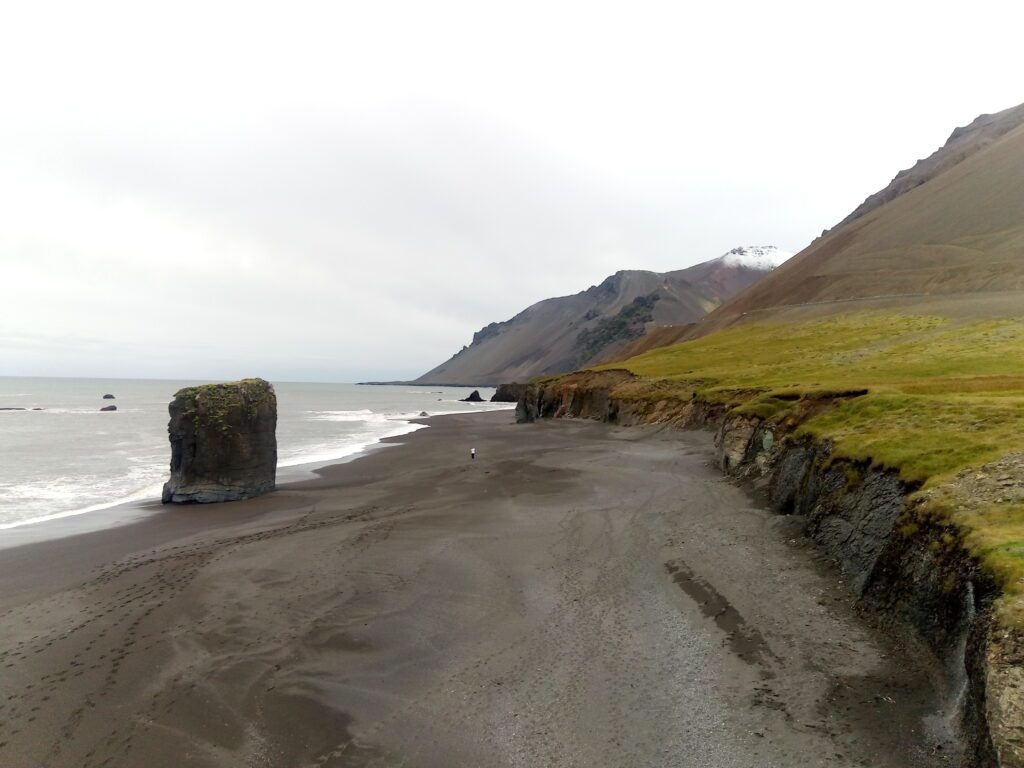

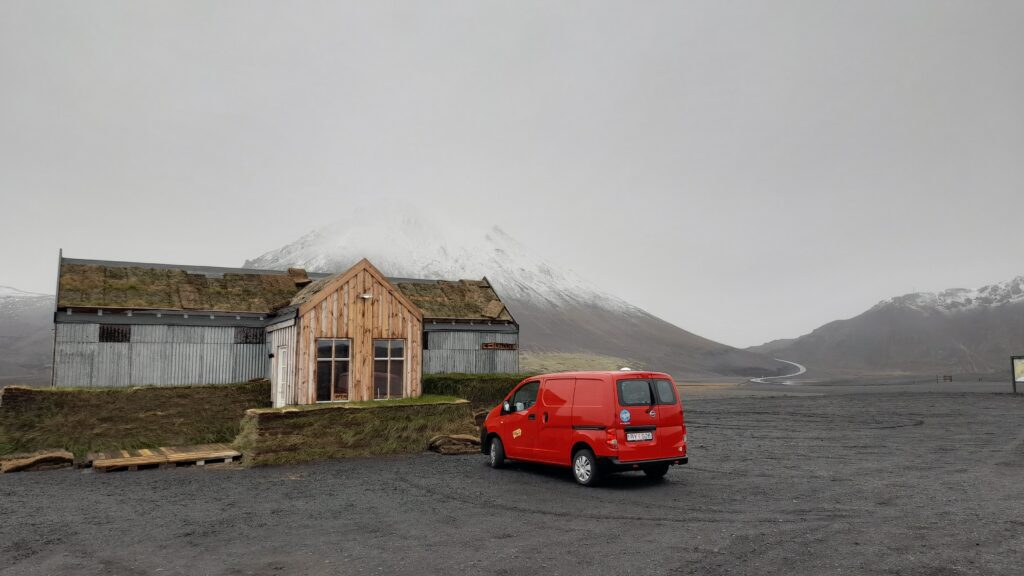

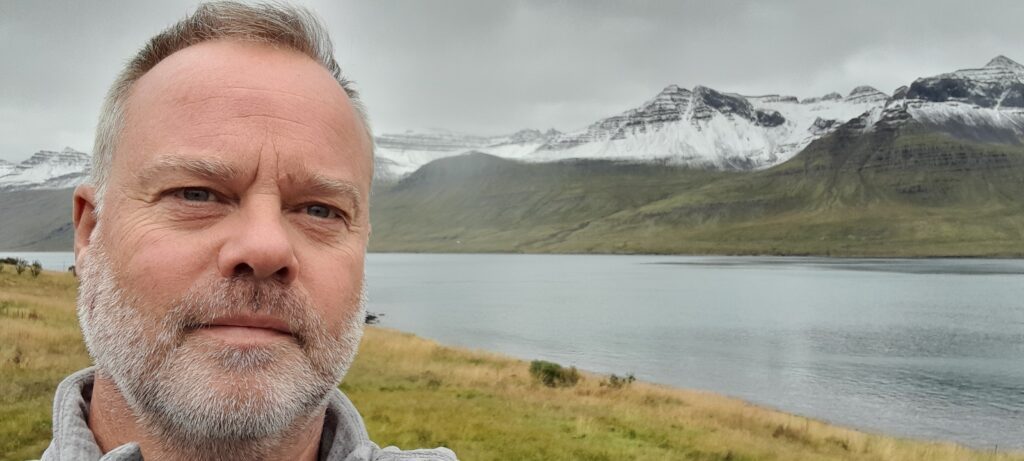

Hoteltips: Hérað – Berjaya Iceland Hotels, Vinland Guesthouse
Day 6: Lake Mývatn
Distance from the East Fjords: Approximately 250 km (155 miles)
Driving directions: Drive north from the East Fjords, following Route 1 until you reach Lake Mývatn. This area is known for its geothermal wonders, including the Námaskarð geothermal area with its bubbling mud pools and steaming fumaroles. Don’t miss the volcanic crater Hverfjall, offering panoramic views of the surrounding area. To relax, visit the Mývatn Nature Baths, a geothermal spa similar to the Blue Lagoon but with a more tranquil atmosphere.
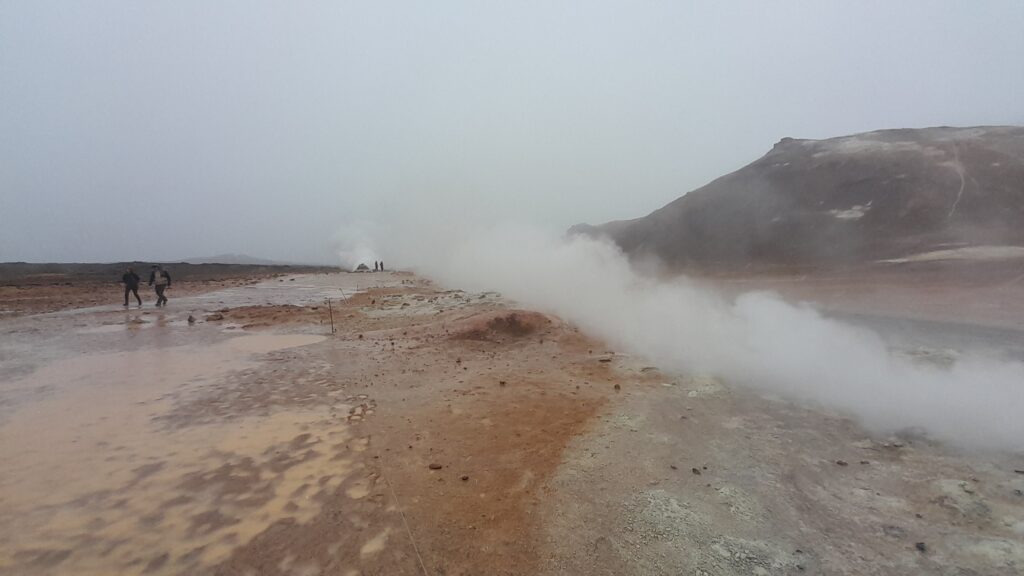

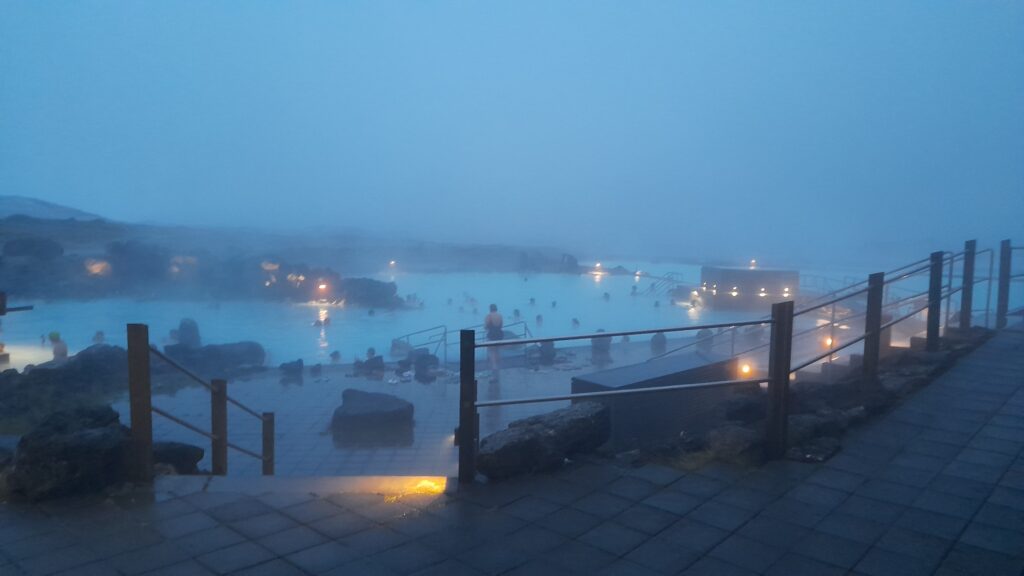

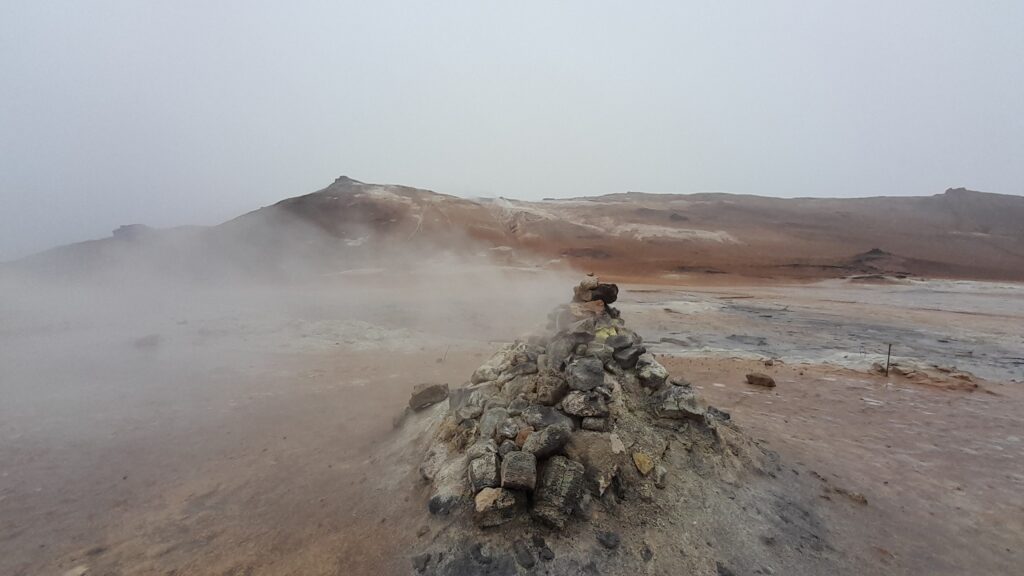

Hoteltips: Hótel Laxá, Sel – Hótel Mývatn
Day 7: Akureyri
Distance from Lake Mývatn: Approximately 100 km (60 miles)
Driving directions: Drive west on Route 1 until you reach the vibrant city of Akureyri, Iceland’s second-largest city. Known for its charming atmosphere, Akureyri offers a range of attractions. Explore the Akureyri Botanical Garden, showcasing a diverse collection of plants from around the world. Visit the Akureyri Church, a prominent landmark with stunning views over the city and fjord. You can also explore the city’s museums, such as the Akureyri Art Museum and the Nonni Museum, dedicated to the famous Icelandic author Jón Sveinsson.
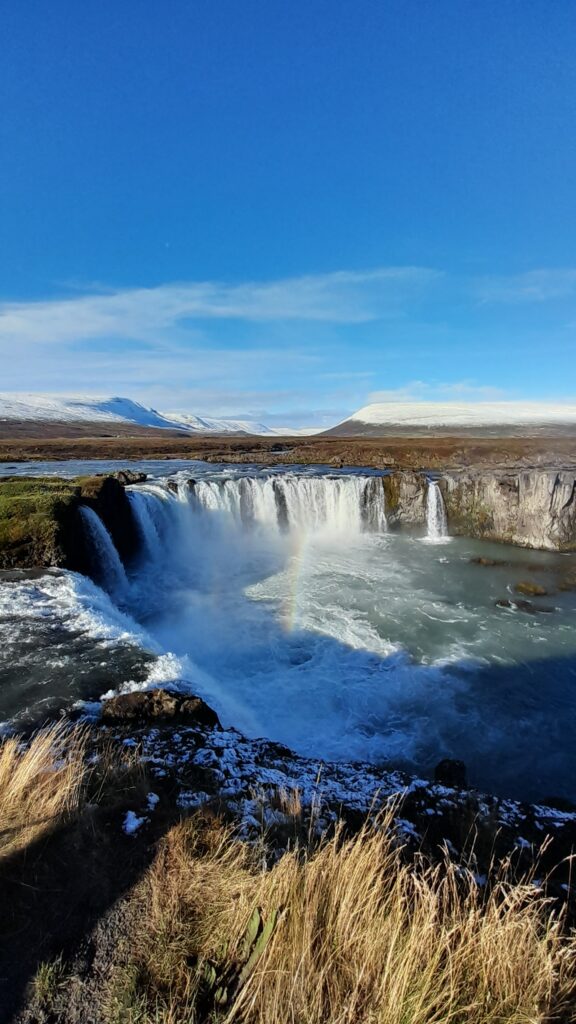

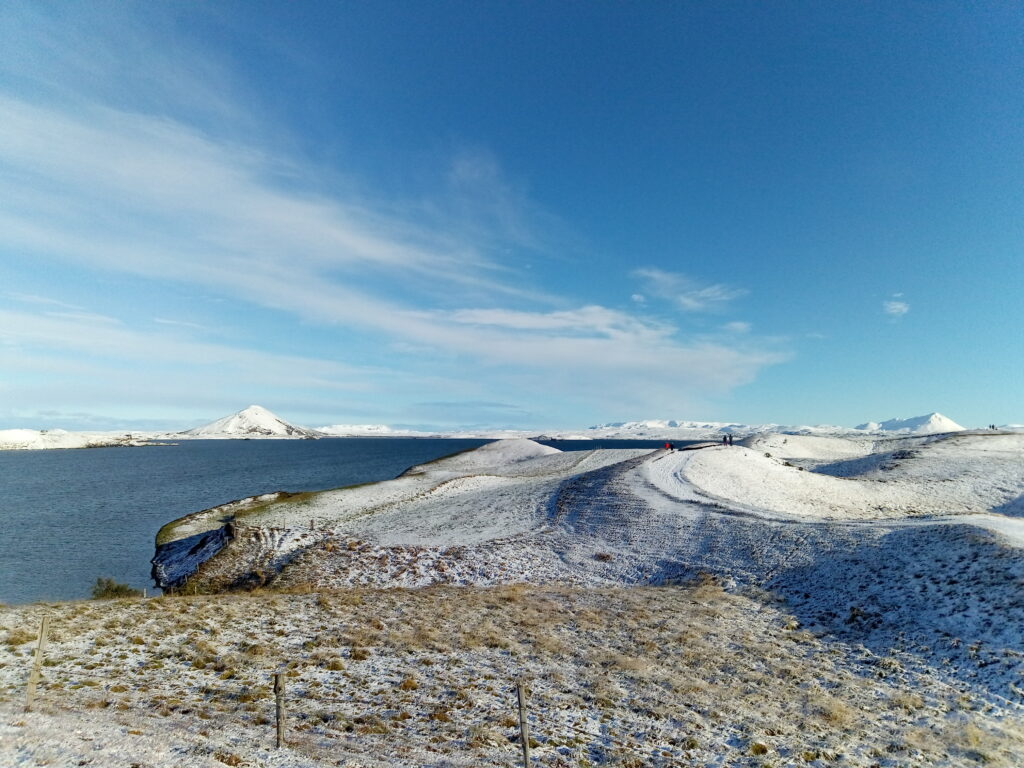

Hoteltips: Hotel Halond, Centrum Hotel
Day 8: Westfjords
Distance from Akureyri: Approximately 340 km (210 miles)
Driving directions: To reach the remote and rugged Westfjords, you’ll need to drive northwest from Akureyri on Route 1 until you reach the town of Ísafjörður, the main hub of the region. The Westfjords are known for their dramatic cliffs, deep fjords, and untouched natural beauty. Explore the breathtaking landscapes of places like Dynjandi waterfall, Látrabjarg bird cliffs (Europe’s largest bird cliff), and Rauðasandur beach with its unique red-colored sand.
Hoteltips: Hotel Isafjördur – Torg, Tangs
Day 9: Snæfellsnes Peninsula
Distance from the Westfjords: Approximately 420 km (260 miles)
Driving directions: Drive south from the Westfjords, following Route 60 until you reach Route 1. Head west on Route 1 until you reach the Snæfellsnes Peninsula. This area is often referred to as “Iceland in miniature” due to its diverse landscapes. Explore Snæfellsjökull National Park, home to a glacier-topped volcano that inspired Jules Verne’s “Journey to the Center of the Earth.” Visit iconic sites like Kirkjufell mountain, the charming fishing villages of Arnarstapi and Hellnar, and the beautiful beaches along the peninsula’s coast.
Hoteltips: Arnarstapi Hotel, Miðhraun – Lava resort
Day 10: Return to Reykjavik
Distance from the Snæfellsnes Peninsula: Approximately 200 km (125 miles)
Driving directions: Drive back east on Route 54 and then south on Route 1 until you reach Reykjavik, completing your journey along the Ring Road. Take this opportunity to visit any attractions you may have missed on the way, or simply enjoy a leisurely drive back to the capital city. Upon arrival in Reykjavik, you can explore more of the city’s offerings, relax in one of the geothermal pools, or indulge in a delicious Icelandic meal to celebrate the end of your adventure.
People also read:
- 10 must-see attractions for visitors in Reykjavik
- The Golden Circle: Iceland’s Crown Jewel of Natural Wonders
- Do’s and don’ts while in Iceland
- 10 most beautiful waterfalls in Iceland
- The Blue Lagoon, Iceland’s Iconic Geothermal Spa
- Capturing the Northern Lights in Iceland
- Vatnajökull National Park and Diamond Beach
- Driving in Iceland
- Renting a Campervan in Iceland
FAQ
This article may contain affiliate links. This means that we receive a small commission when you book something via these links. Of course, this does not cost you anything extra. Did our tips help you? We would love it if you book your trip via the links in the article above. Thank you so much.
Read more articles on my Iceland page.
